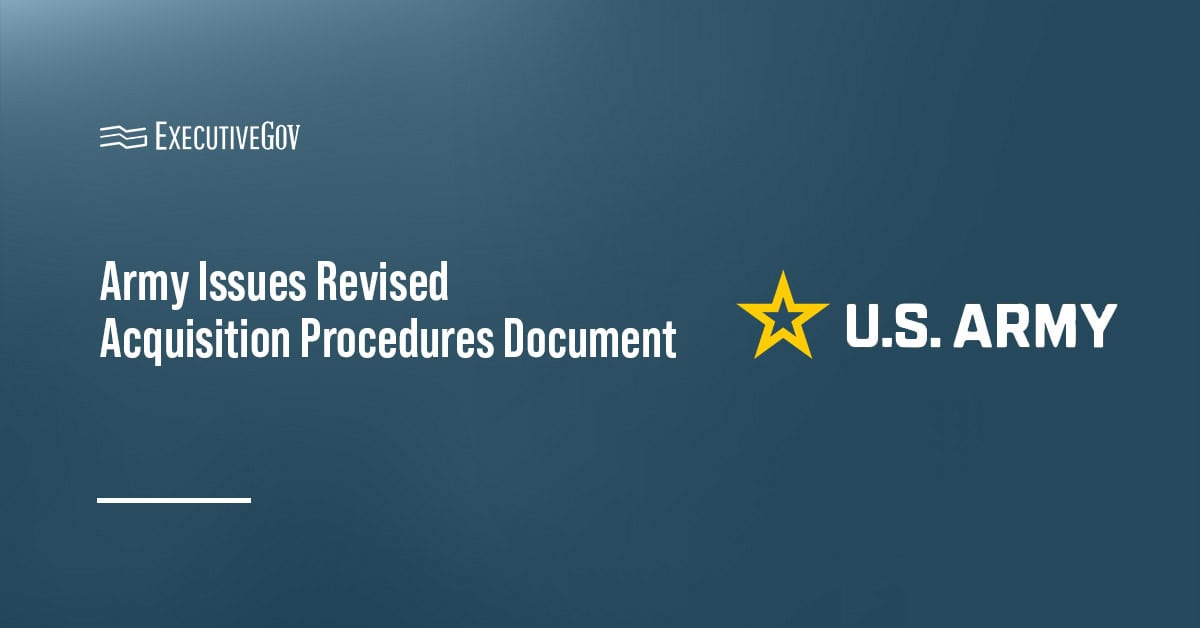The Department of the Army has released its revised document on acquisition procedures.
According to the department’s PAM 70-3 document posted Wednesday on the Army Publishing Directorate’s website, the major revision incorporates the Adaptive Acquisition Framework; replaces virtual in sight with the Acquisition Information Repository; eliminates a requirement to assess probability of success; and accounts for Army organizational changes implemented for U.S. Army Futures Command’s formation.
The revised Army pamphlet also incorporates guidance from an Army directive, titled Enabling Modernization Through the Management of Intellectual Property, and adds semiannual program reporting requirements.
Table of Contents
Adaptive Acquisition Framework
According to the pamphlet, the Adaptive Acquisition Framework, or AAF, serves as the framework for managing and implementing the acquisition process within the defense acquisition system.
AAF emphasizes communication and collaboration among stakeholders throughout the acquisition process and provides pathways that allow program managers to tailor oversight, program strategies, timing and scope of decision reviews, phase content and decision levels based on the characteristics of the capability being procured.
AAF is divided into six acquisition pathways: urgent capability acquisition; pathway; middle tier acquisition; major capability acquisition; software acquisition pathway; and defense business systems.
Acquisition Information Repository
According to the document, all approved acquisition documents supporting decision points will be stored in the Acquisition Information Repository, or AIR.
AIR provides a searchable archive of historical Army acquisition documentation. It allows users to identify readiness for key program decisions based on completed documentation and receive notifications when documents are uploaded for registered programs.





